5. Southern Comfort (1981)
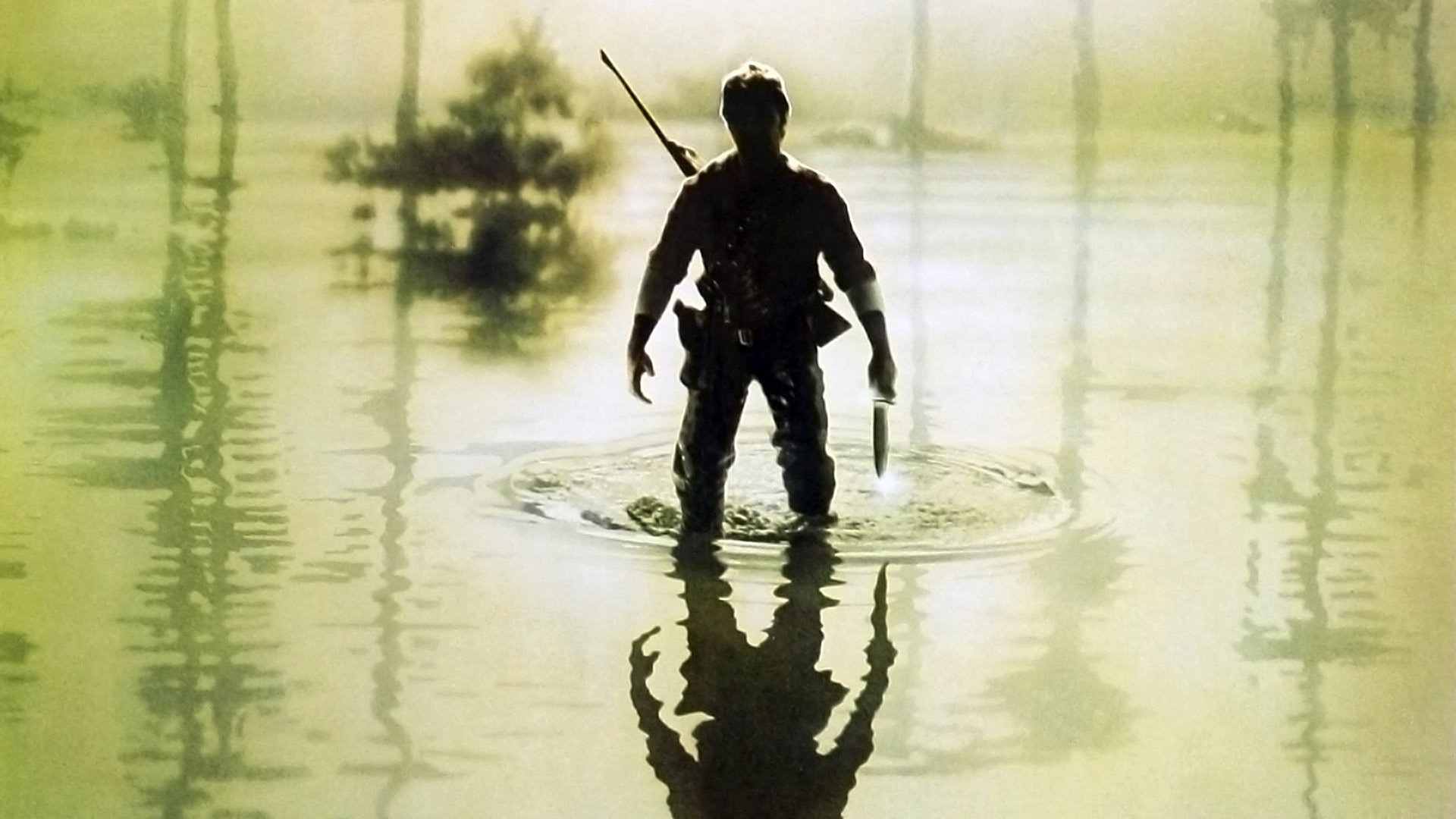
“Southern Comfort” is not only an intelligent action-thriller, but it can also be the most intense and most real film that Walter Hill – a master of the genre – has ever directed. In his interview with Directors Guild of Australia, he said, “Sometimes they don’t get to where you think they will get. But I was disappointed in the lack of response. It was a universal audience failure. It didn’t do well. Usually you can say they loved it in Japan or something. I don’t think anybody loved it anywhere.” He’s still proud of the film, yet it was very unfortunate that the movie didn’t get the attention it deserves.
The movie is set in 1973 and the plot follows a Louisiana Army National Guard squad of nine on weekend maneuvers in rural Bayou country as they antagonize some local Cajun people and become hunted. No line, no dialogue, no scene here feels too long or too much; narratively everything is always accurate and it takes barely 15 minutes for the setting and the characters to be established and for the unequaled hunt to begin.
Just like his previous “Drive” and “The Warriors,” this film also has an engaging atmosphere. The film obviously has some similarities with Boorman’s “Deliverance,” as this film also deals with the arrogance of “civilized” man and ignorance of nature.
4. House of Games (1987)
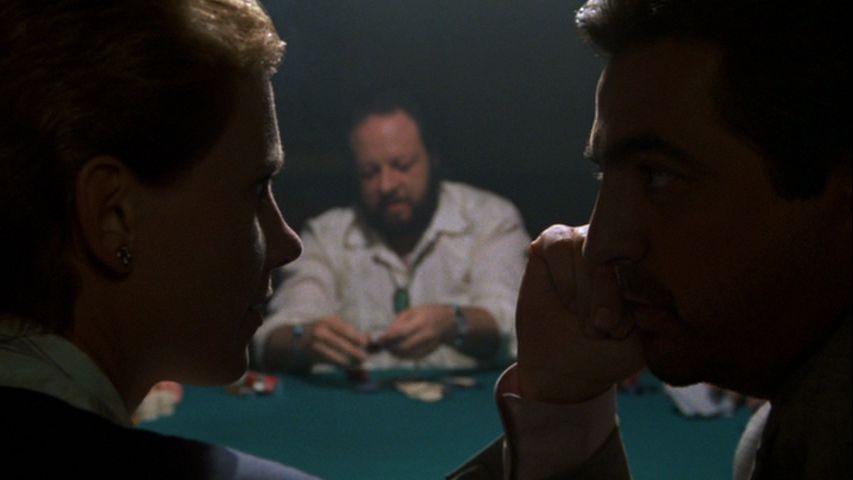
As celebrated as he is as a playwright, David Mamet directed movies that don’t get the love they deserve. However, he has crafted some exceptionally amazing movies and his directorial debut “House of Games” is one of his best, right up there with “Homicide” and “The Spanish Prisoner,” two other great films that is not massively known but you should check out if you haven’t yet.
A wealthy psychiatrist has just published her first novel and is feeling down about her profession, feeling that it’s hopeless to help her patients. A young client, a gambling addict, asks her to help him pay off his debts if he truly wants to help him get better. He has $25,000 in gambling debts with Mike, who threatened to kill him. She wants to help him and meets Mike. And revealing more would ruin it.
The film is carried by two great lead performances, but also a reliable excellent psycho-analysis by Mamet on his characters, which makes the whole film fascinating to watch. The story is always moving with such surprises and leaves the viewer fully satisfied with each new scene and just the right amount of tension brought into the scenes. The film plays the expectations of the audience, who should not always believe everything they see, and also has some subtle humour.
3. Ms .45 (1981)
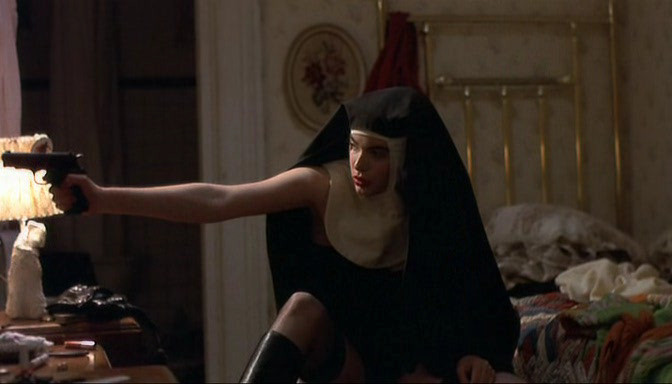
Nowadays a cult favorite, “Ms. 45” is about a young woman named Thiana who works in a tailor’s studio in New York. One day, a masked man tugs her into a backyard on her way home and rapes her. On the same day, in her apartment she is then surprised by a burglar who raped her as well. But she manages to free herself, and she kills the man dead. The rest is more than just your typical violent rape-and-revenge film.
With such a small budget, Abel Ferrara created a gloomy, disturbing, and memorable masterpiece that deserves more recognition. There’s actually not much “revenge” here. Instead, it’s about descent into madness, how these events create a serial killer.
Spurred by pain, stress, and psychological trauma, our main hero takes possession of firearms and from selects men on the night streets of the city as her main subject of hunting. Its finale is particularly unforgettable and the camera work is excellent. Then 17-year-old Zoë Lund is also fascinating in the lead role. As her character is mute, she has to rely on facial gestures and body language to convey her emotions and the result is impressive all around.
2. White Mischief (1987)
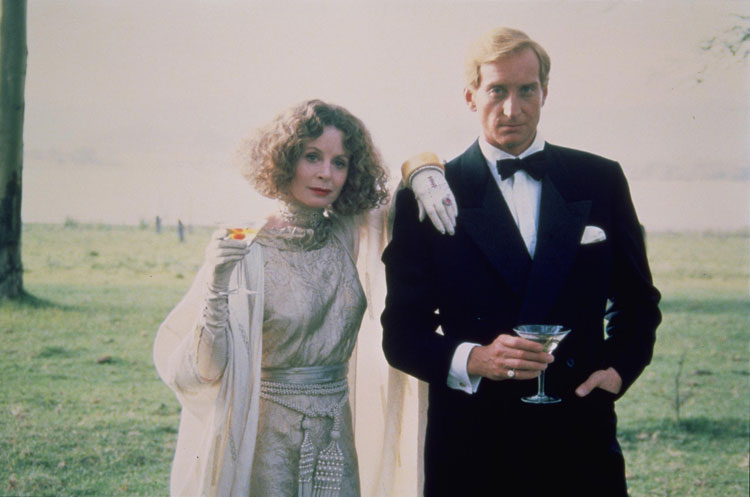
It was the unsolved high society murder that fascinated the nation for more than half a century. In 2007, they found compelling evidence that media reported the mystery to be solved, but back in 1987, it was still a big mystery and it was not surprising that people found the mystery behind the events so interesting and so fascinating. A British aristocrat is shot dead amid the lap of luxury in colonial Kenya – it has all the makings of a glamorous murder. The killing of Josslyn Hay, the 22nd Earl of Erroll, in 1941 gripped a nation caught up in the grind of war.
The events were later turned into a book and then in 1987, a film called “White Mischief.” The movie is very good. Those who loved the book may be disappointed by some aspects that don’t appear in the film, but it’s a terrific film with gorgeous cinematography and interesting character study. The dialogue is witty enough and the performances are all top-notch. The movie may also be interesting to those who’re interested in the lifestyle and social posture of the British in colonies before they achieved their independence. An elegant and stylish film.
1. The Vanishing (1988)
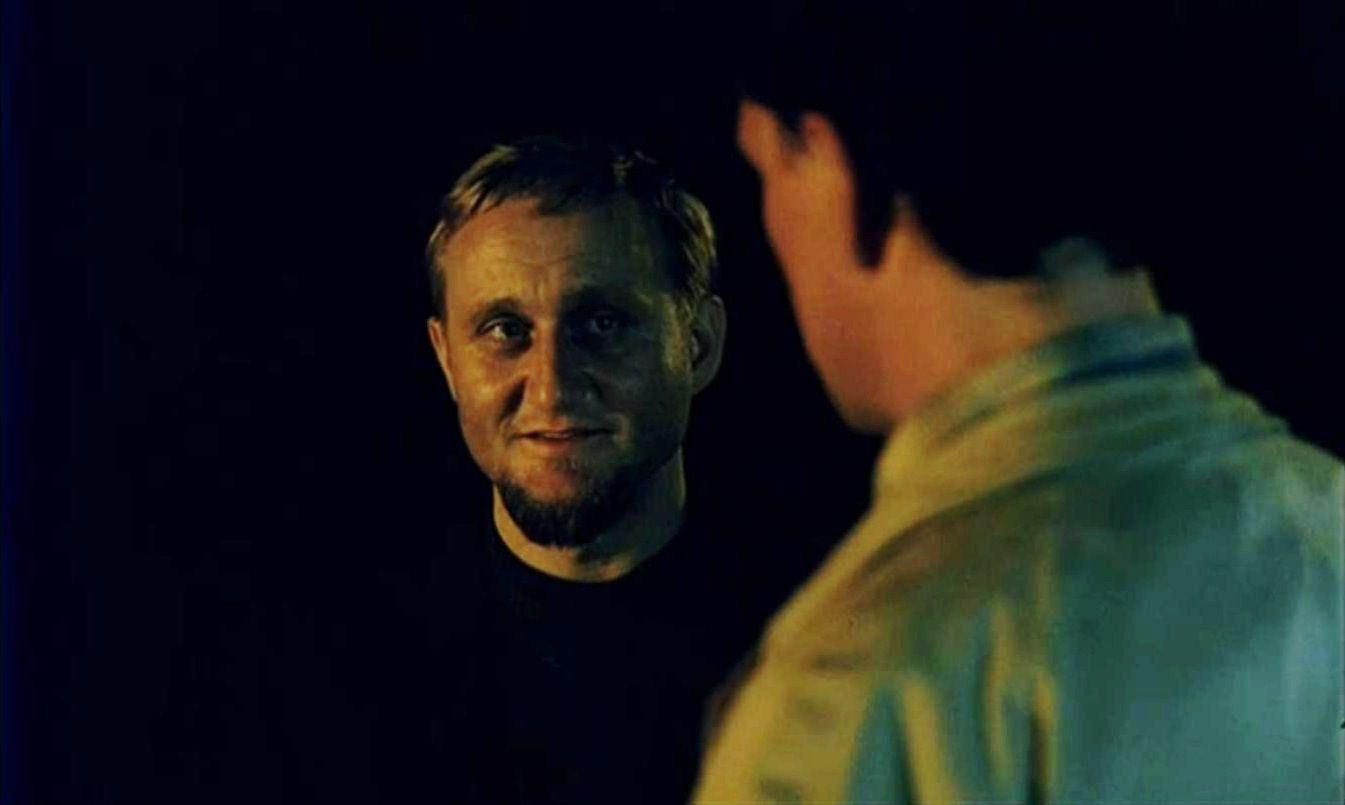
Now this is a film that is seriously disturbing and unsettling. The direction here is amazing; it keeps you in it right from the first frame and it never stops to get better. The plot follows a young Dutch couple, Rex and Saskia, on their holiday in France. When their car runs out of petrol, Saskia goes to the station to buy drinks but doesn’t return. What happened to her? The 1994 American remake is a bit overly bashed; it actually had some decent acting and was a fine thriller on its own. It’d maybe received a bit better if it was not a remake of this brilliant work – which is phenomenal, especially on the directing side.
The atmosphere here is something else and when the story begins unfolds, it gets too disturbing. The acting is all around great as well. It’s said that Stanley Kubrick thought the film was most terrifying one he had ever seen, and he even called the director to discuss it.
With critical acclaim and some filmmakers’ love for the film, “The Vanishing” is not necessarily underrated in cinephile circles, it is in fact very much raved and beloved but unfortunately it’s a film that is hardly mentioned by more broad audiences, especially among those who are not too familiar with European cinema, which is a pity. Also worth noting that Empire magazine placed the film at number 67 in their list of “The 100 Best Films Of World Cinema” in 2010.